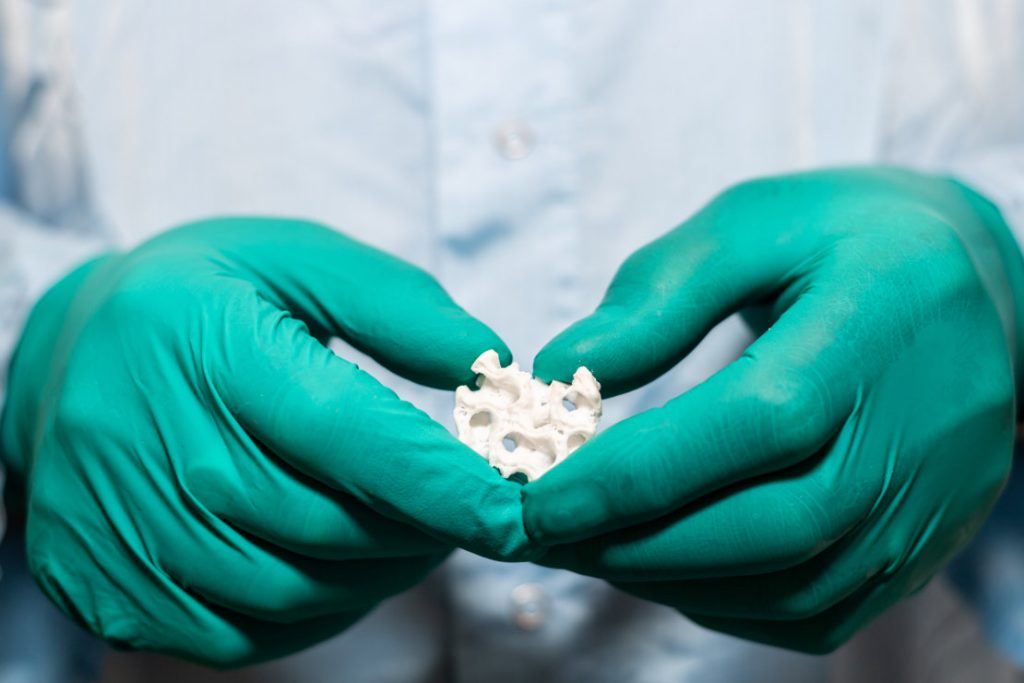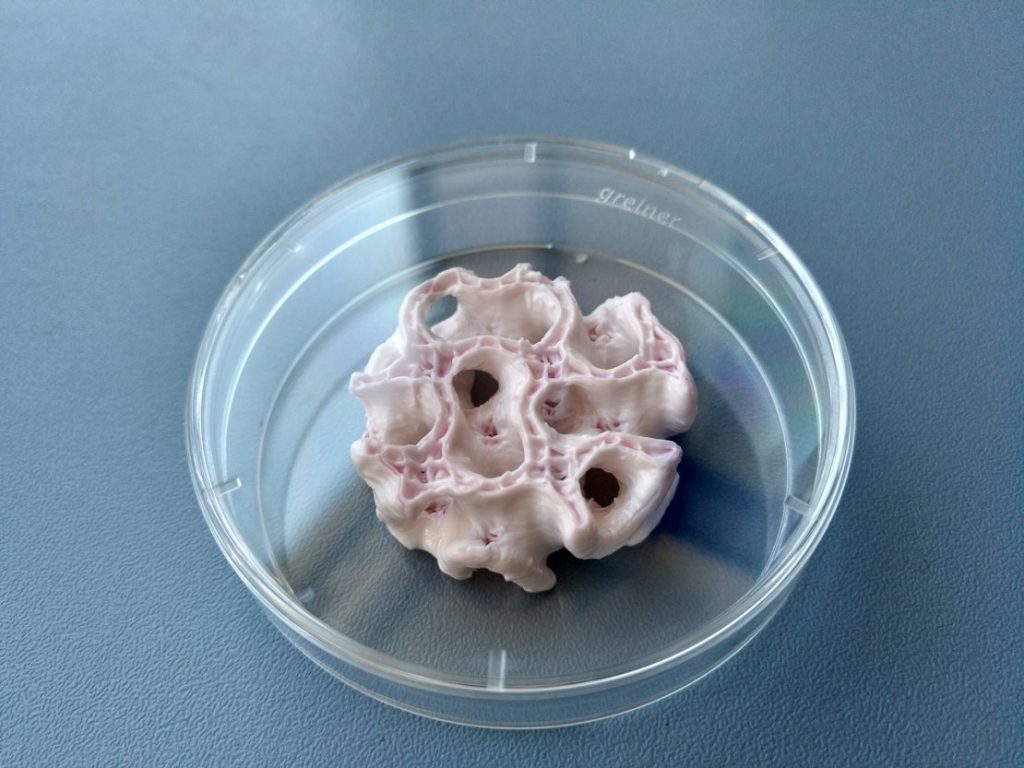A European Space Agency (ESA) project undertaken at the University Hospital of Dresden Technical University (TUD) has proven the ability to 3D print biological matter in a space-like environment.
Turing the process literally on its head, the team have succeeded in 3D bioprinting a specially formulated ink in minus 1g conditions. With the development, the team hopes that this material could be used for the medical treatment of astronauts on long-term exploration missions.
“A journey to Mars or other interplanetary destinations will involve several years in space,” comments Tommaso Ghidini, project lead and head of Structures, Mechanisms and Materials at ESA, “The crew will run many risks, and returning home early will not be possible,”
“Carrying enough medical supplies for all possible eventualities would be impossible in the limited space and mass of a spacecraft. Instead, a 3D bioprinting capability will let them respond to medical emergencies as they arise.”

Topsy-turvy 3D printing trials
On ESA’s roadmap fro 3D bioprinting in space, engineered skin tissue is the first step. On Earth, this is achieved using a nutrient-rich blood plasma ink. For space however, this ink requires some modifications, as TUD PhD fellow Nieves Cubo explains, “plasma has a highly fluid consistency, making it difficult to work with in altered gravitational conditions.”
To increase the viscosity of the plasma bioink, Cubo and the TUD team added a common cosmetic and food-safe thickener, methylcellullose, and an alginate which can be obtained from plants and algae. This was used to 3D print skin samples. The same recipe was also used to create an ink for 3D printing artificial bone structures, containing stem cells (instead of plasma) and calcium phosphate bone cement.
In both instances, the bioinks were deposited on an upside down 3D printer the “next best thing” to actual low-gravity conditions.
3D bioprinting in space
Skin and bone bioink formulations will continue to be developed by ESA for the next ten years at least. In that time, the team also home to start developing artificial cartilage.
Already, some other companies are trialing 3D bioprinting technology in space. Florida-based 3D printing system manufacturer nScrypt and spaceflight equipment developer Techshot recently announced plans to send their 3D BioFabrication Facility (BFF) to the International Space Station (ISS) this summer. Russia’s 3D Bioprinting Solutions is also trying to rejuvenate its microgravity 3D bioprinting experiments after the unfortunate failure of the Soyuz MS-10 spaceflight.
ESA’s 3D Printing of Living Tissue for Space Exploration project is supported through the agency’s Basic Activities within the Discovery and Preparation element. It is led by European space technology development company OHB System AG in cooperation with the Centre for Translational Bone, Joint and Soft Tissue Research of TU Dresden in Germany, and life sciences specialist Blue Horizon.

For all of the latest aerospace news from 3D Printing Industry subscribe to our newsletter, follow us on Twitter, and like us on Facebook. Find talent for a project, or advance your career in 3D printing – join 3D Printing Jobs to apply and advertise.
Featured image shows close-up of 3D bioprinted bone structure from TUD’s ESA project. Photo via University Hospital of Dresden Technical University



